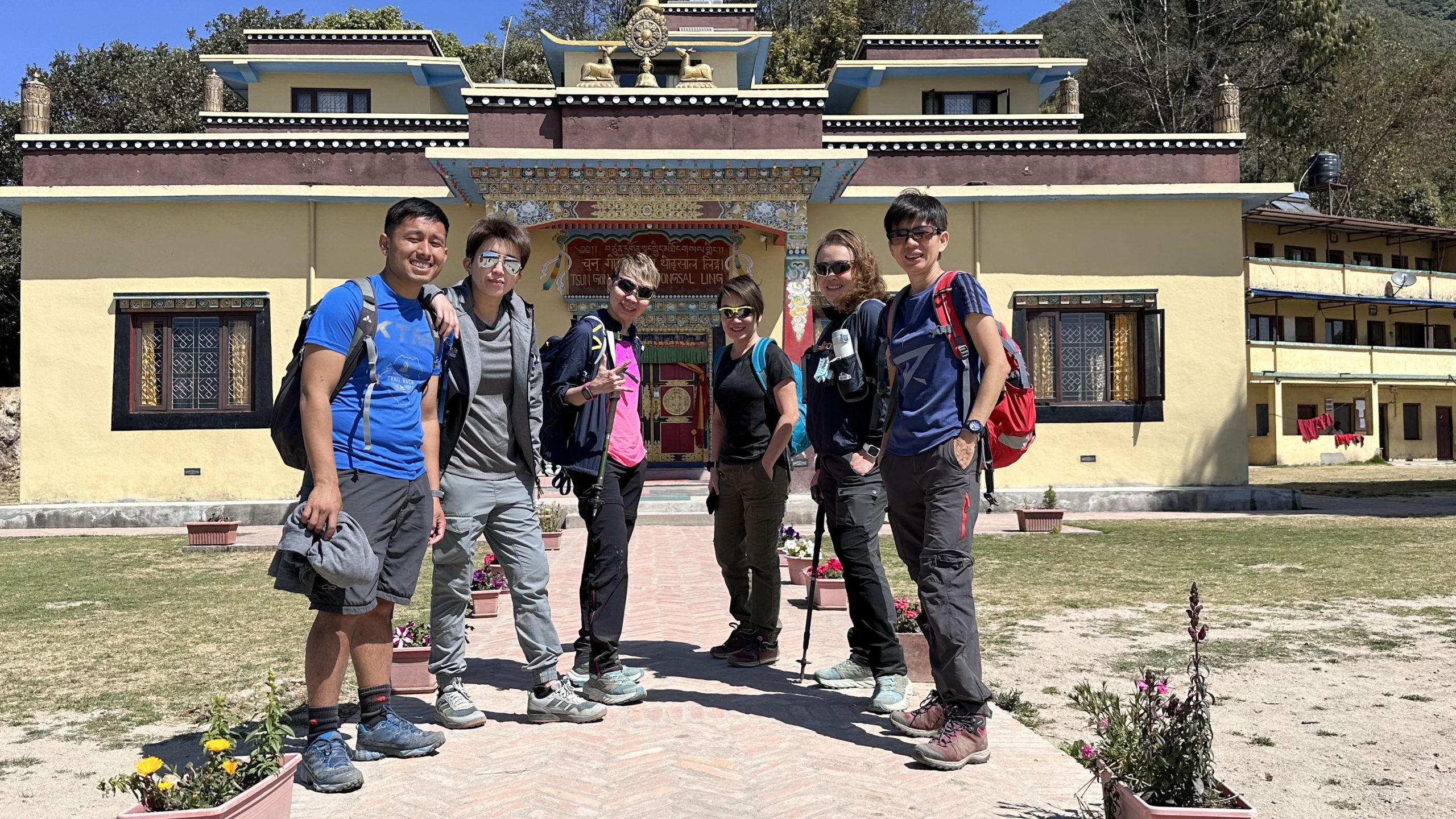Seasons
Different seasons require different types of gears, so it’s essential to pack accordingly to ensure your comfort and safety during your trip. Here’s what you need to know:
Summer (June to August): The summer months are warm, but temperatures can still drop at higher elevations, especially at night. Lightweight and breathable clothing such as shorts, t-shirts, and hiking boots are essential. You’ll also need a sun hat, sunglasses, sunscreen, and insect repellent.
Fall (September to November): Fall weather is generally mild during the day but can get chilly at night. Layered clothing such as long-sleeved shirts, sweaters, and a light jacket are necessary. You may also need a raincoat or windbreaker. Hiking boots with good ankle support are recommended.
Winter (December to February): Winter is cold and dry, with temperatures dropping below freezing at higher elevations. Warm clothing such as a down jacket, thermal underwear, and fleece-lined pants are necessary. You’ll also need waterproof boots and gloves. A woolen cap, scarf, and face mask are also recommended.
Spring (March to May): Spring weather is generally mild, but temperatures can still fluctuate, especially at higher elevations. Lightweight and breathable clothing such as t-shirts, shorts, and hiking boots are essential. You may also need a raincoat or windbreaker. Sunglasses, sunscreen, and insect repellent are also recommended.
Types of Treks
Different types of treks require different types of gears. Here are some examples:
Teahouse Trek: A teahouse trek is a popular type of trek where you stay in guesthouses or tea houses along the way. You’ll need a backpack, sleeping bag, and a warm jacket. Hiking boots with good ankle support are recommended.
Camping Trek: A camping trek involves camping overnight in tents. You’ll need a sturdy tent, sleeping bag, sleeping pad, and cooking equipment. Warm clothing such as a down jacket and thermal underwear are necessary.
Peak Climbing: Peak climbing requires specialized equipment such as climbing ropes, ice axes, crampons, and harnesses. You’ll also need warm clothing and a good quality backpack.

Difficulties
The difficulty level of your trek also determines the type of gears you need. Here’s what you need to know:
Easy Trek: An easy trek involves walking on well-maintained trails with minimal altitude gain. You’ll need comfortable hiking boots, a daypack, and a water bottle.
Moderate Trek: A moderate trek involves hiking on rugged terrain with some altitude gain. You’ll need sturdy hiking boots with good ankle support, a backpack, and a water bottle. A walking stick is also recommended.
Difficult Trek: A difficult trek involves hiking on steep terrain with significant altitude gain. You’ll need specialized equipment such as crampons, ice axes, and harnesses. A good quality backpack and hiking boots are also necessary.
Altitude
Altitude also plays a crucial role in determining the type of gears you need. Here’s what you need to know:
Low Altitude (Below 3,000 meters): At low altitude, you’ll need comfortable hiking boots, a daypack, and a water bottle. Sunscreen, sunglasses, and insect repellent are also recommended.
High Altitude (Above 3,000 meters): At high altitude, you’ll need specialized equipment such as crampons, ice axes, and harnesses, especially if you’re trekking on snowy or icy terrain. You’ll also need warm clothing such as a down jacket, thermal underwear, and fleece-lined pants. A backpack with a hydration system and snacks is essential to keep you hydrated and energized throughout the trek.
Trip Duration
The length of your trip also determines the type of gears you need. Here’s what you need to know:
Short Trips (1-3 days): For short trips, you’ll need a backpack, a water bottle, and comfortable hiking boots. A small first aid kit, sunscreen, sunglasses, and insect repellent are also recommended.
Moderate Trips (4-7 days): For moderate trips, you’ll need a sturdy backpack, a sleeping bag, a sleeping pad, and cooking equipment if you’re camping. Warm clothing, rain gear, and a headlamp are also necessary.
Long Trips (8+ days): For long trips, you’ll need specialized equipment such as a portable stove, extra fuel, and extra batteries for your headlamp. A GPS device, a satellite phone, and a map and compass are also recommended for navigation. Warm clothing, rain gear, and a down jacket are necessary to keep you comfortable in changing weather conditions.
Other Factors
Here are some other factors that you should consider when packing for your trip:
Personal Fitness Level: Your fitness level determines the type of gears you need. If you’re physically fit, you may need less gear than someone who’s not.
Group Size: The size of your group determines the type of gears you need. If you’re traveling in a large group, you may need more gear than if you’re traveling solo or in a small group.
Terrain Type: The type of terrain you’ll be trekking on also determines the type of gears you need. For example, if you’re trekking on rocky terrain, you’ll need sturdy hiking boots with good ankle support.
Personal Preferences: Your personal preferences also play a role in determining the type of gears you need. For example, if you prefer to travel light, you may need to prioritize packing items that are essential for your comfort and safety.
By considering these factors, you’ll be able to pack the right gears for your trip and ensure a comfortable and safe trekking experience.

